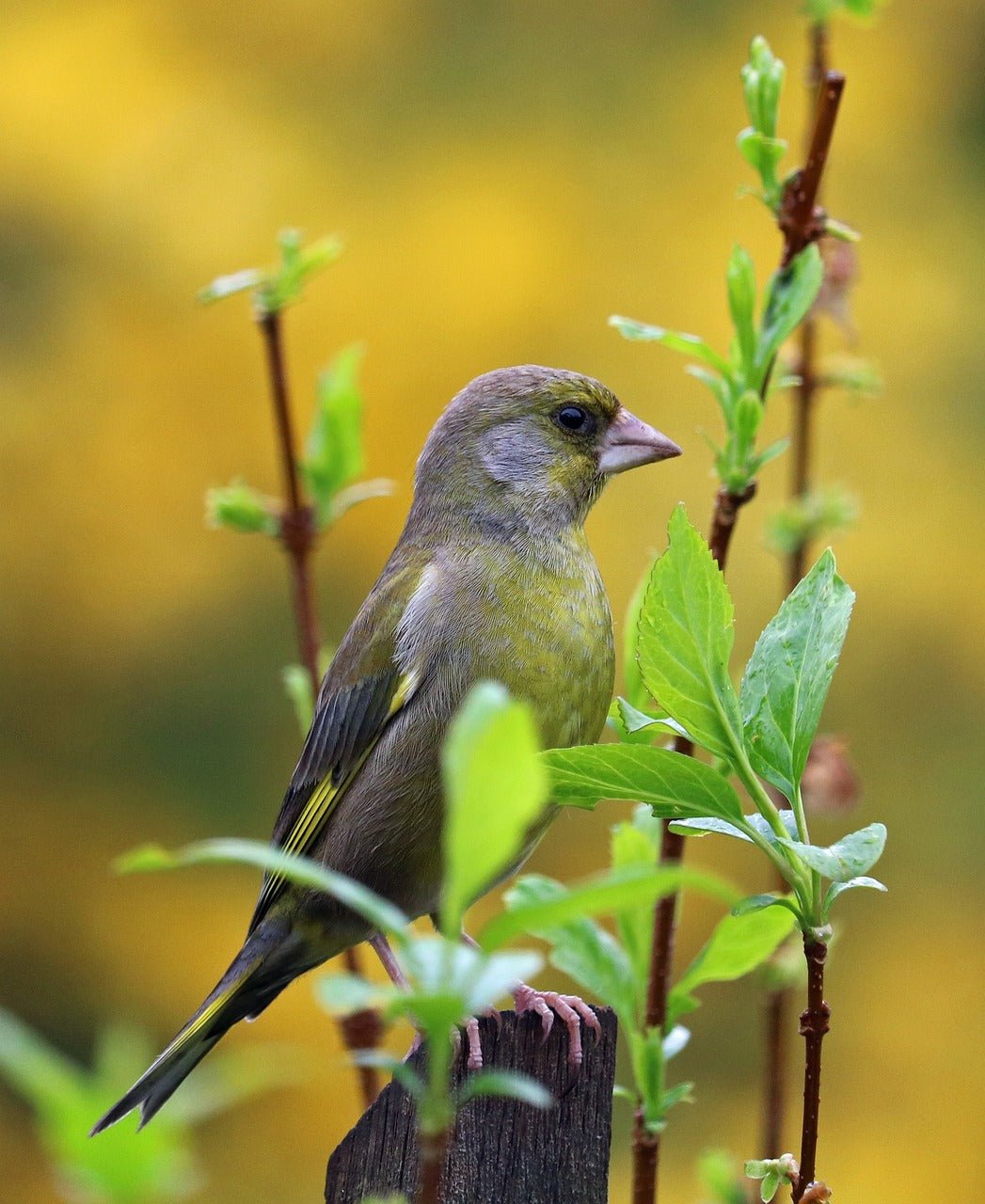
Exploring the vibrant world of Greenfinches
Share
The Greenfinch (Chloris chloris), with its vibrant green and yellow plumage, is a delightful sight for birdwatchers and nature enthusiasts across the UK. These small, stocky birds are a common fixture in gardens, parks, and woodlands, where their cheerful chirping and acrobatic flight patterns bring a touch of lively colour to the landscape.
Greenfinches are widespread throughout the UK, thriving in a variety of habitats. They are particularly fond of areas with dense foliage and abundant food sources, such as hedgerows, gardens, farmland, and woodland edges. These adaptable birds have also become frequent visitors to urban areas, taking advantage of bird feeders and garden shrubs. Their adaptability to different environments has helped them maintain a stable population, even in the face of changing landscapes.
Greenfinches are predominantly seed eaters, with a particular preference for seeds from plants like dandelions, chickweed, and thistles. In gardens, they are often seen feasting on sunflower seeds, which are a favourite due to their high oil content. During the breeding season, their diet expands to include insects, providing the necessary protein for their growing chicks. Greenfinches are known for their strong beaks, which they use to crack open hard seeds with ease.

To attract Greenfinches to your garden, consider setting up a bird feeder stocked with sunflower hearts or a seed mix. These birds are also partial to Niger Seeds, which are small and rich in oil. Providing a variety of seeds can encourage these charming birds to become regular visitors.
While Greenfinches remain a common sight, their numbers have faced challenges due to diseases like trichomonosis, which has affected many finch populations. Conservation efforts, including monitoring and providing disease-free feeding stations, are essential to support their health and numbers.
In summary, Greenfinches are a vibrant and adaptable species that brighten up the UK's landscapes. By understanding their habits and providing suitable habitats and food sources, we can enjoy their delightful presence in our gardens and beyond.

Written by Angela
